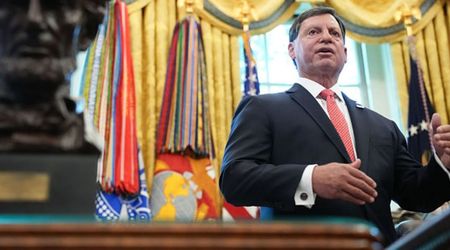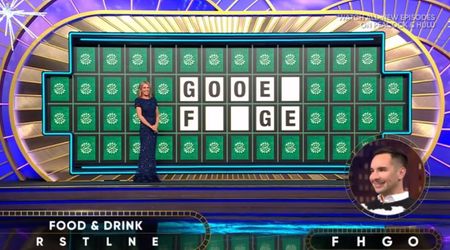Following Steps for Student Loan Forgiveness, Take a Look at Updates in the Year to Come

The past year brought both disappointment and relief to student loan borrowers, with a mix of policy decisions, forgiveness plans, and the implementation of new repayment strategies.

Supreme Court strikes down forgiveness
Hopes were high at the beginning of last year as federal student loan borrowers anticipated the fulfillment of President Joe Biden's promise to slash up to $20,000 per borrower. However, on June 30, 2023, the Supreme Court voted 6-3 to block the forgiveness plan, citing a lack of presidential authority. Despite the setback, some borrowers had already received approval for the forgiveness plan in 2022, creating a sense of possibility that was ultimately taken away by the court's decision.

Debt forgiveness plan B moves forward
In response to the Supreme Court's ruling, President Biden swiftly announced an alternative approach to debt forgiveness under the Higher Education Act. This path involves a meticulous process known as negotiated rulemaking, where stakeholders, including legal experts and student loan advocates, work collaboratively to draft proposed legislation. Although progress has been made, an agreement on provisions for borrowers facing hardship is yet to be reached.
SAVE plan launched
In an effort to make federal loan repayment more affordable, the Biden administration introduced the Saving on a Valuable Education (SAVE) income-driven repayment plan. This plan, launched last summer, replaced the Revised Pay As You Earn IDR plan and offers a $0 monthly payment for individual borrowers earning $15 per hour or less. As of November, nearly 5.5 million borrowers had enrolled in the SAVE plan.

Loans forgiven for 3.6 million borrowers
Despite the Supreme Court's rejection of a comprehensive debt relief program, the Biden administration achieved forgiveness for 3.6 million borrowers through existing programs such as income-driven repayment and Public Service Loan Forgiveness. This marked progress in addressing long-standing issues, including miscounted payments, within these forgiveness programs, resulting in the forgiveness of $132 billion in loans.
The pandemic forbearance ends
After multiple extensions, the pandemic-related forbearance on federal student loan payments concluded in August of last year. While this marked the end of a temporary financial reprieve for borrowers, the transition back to repayments was marred by widespread servicer issues, including inaccurate bills and difficulties reaching customer service. Despite these challenges, approximately 60% of borrowers with payments due had paid their installment by mid-November.

Student loan plans for 2024
This year holds promise for additional relief measures. Here are the key updates to watch out for.
Under the Secure 2.0 Act, employers may offer a new benefit in 2024, allowing them to match employees' student loan payments with contributions to their workplace retirement accounts, providing a dual benefit for debt repayment and retirement savings.
In the summer of 2024, the monthly payments under the SAVE IDR plan will decrease from 10% to 5% of discretionary income for undergraduate borrowers. Graduate borrowers will pay a weighted average between 5% and 10%, depending on their starting balance.
Borrowers with small initial balances (up to $12,000) will experience expedited forgiveness, with remaining balances forgiven after 10 years of repayment or an additional year for every $1,000 borrowed above $12,000, providing a faster route to debt relief.
While significant student loan forgiveness has seen positive impacts on borrowers' financial situations and the economy as a whole, challenges such as inflation, interest rate changes, and shifts in the job market could influence the effectiveness of these measures in the coming times.
























